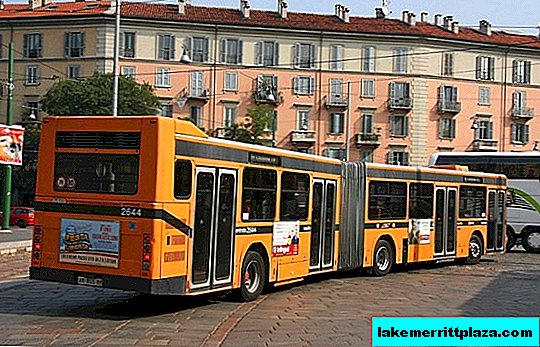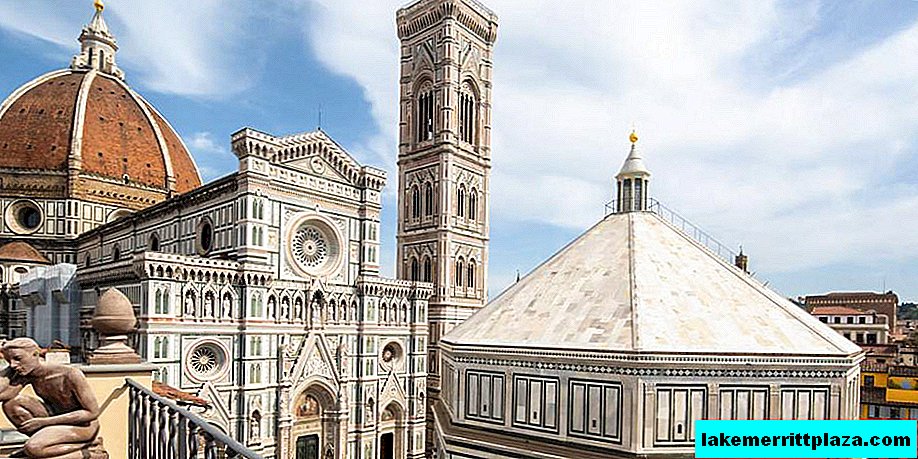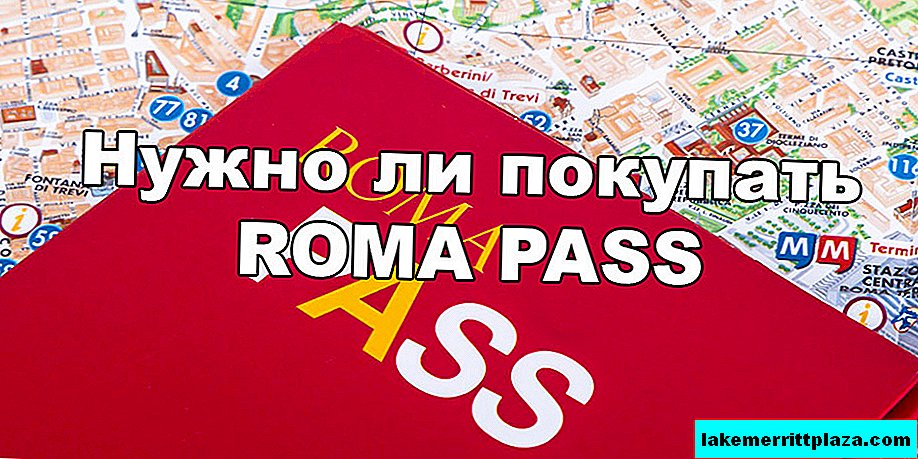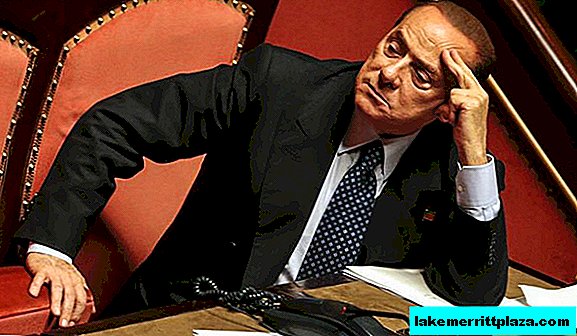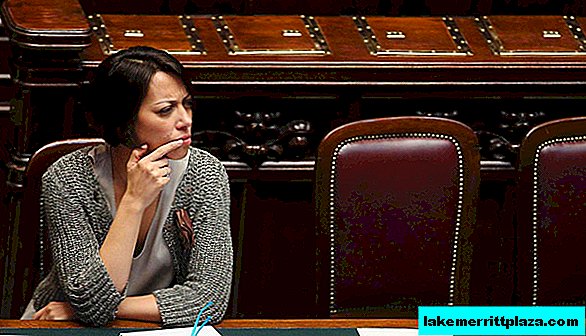In Babelsberg Park there are usually few people. Calm, romantic, meditative and beautiful view of the river. In this castle and park, they shot the clip of Rammstein's Du Riechst So Gut.
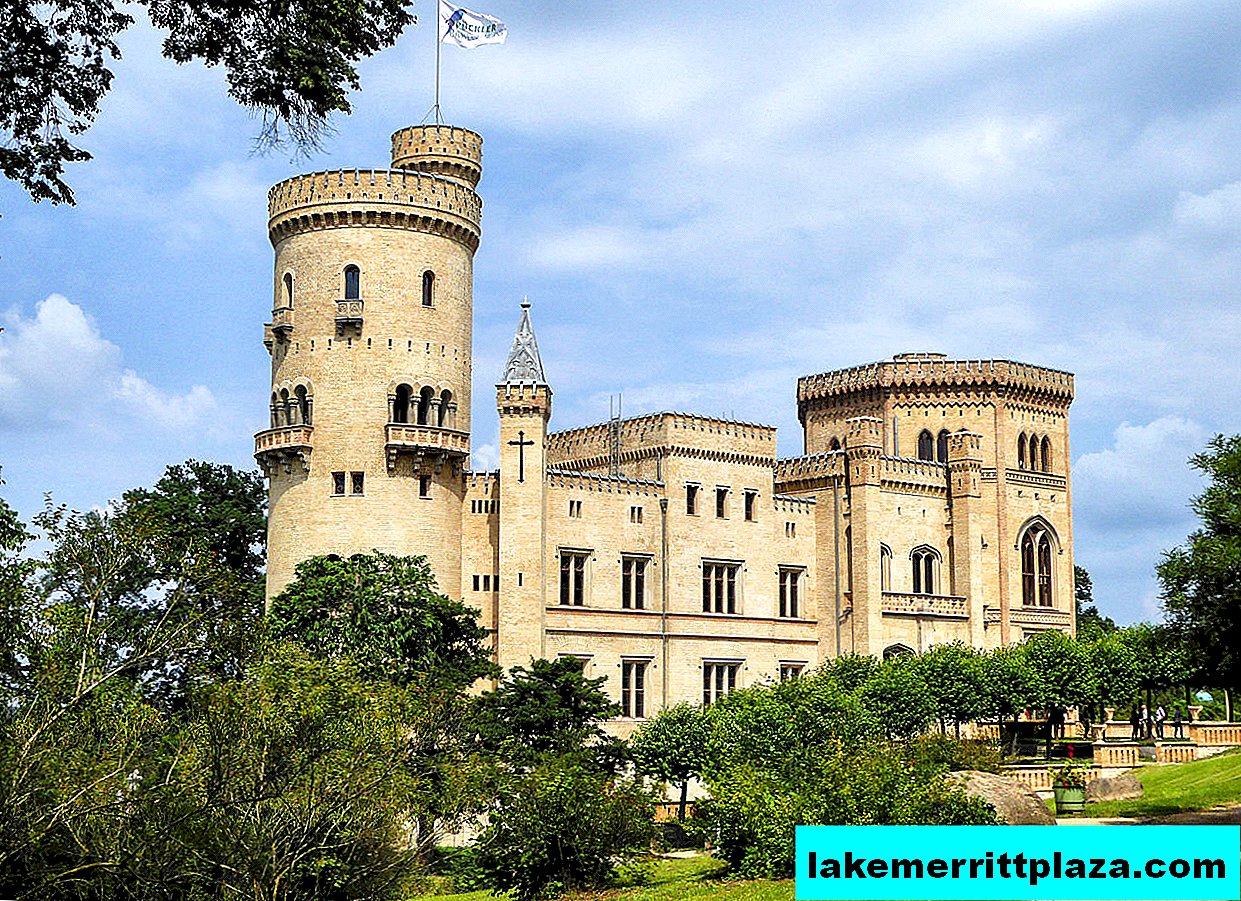
Park Babelsberg, photo by Gertrud K.
Park Babelsberg is located on the northeastern outskirts of Potsdam. It descends from the hill to the shore of the Deep Lake (Tiefer See - Tiefer See), formed by the Havel River. The project of the park was created by the talented master of Prussian landscape gardening art - Peter Joseph Lenne. He began work, but the main part was performed by Prince Pückler-Muskau.
How the park was created
The history of the park began in 1833, along with the construction of the Babelsberg Palace for the family of William of Prussia. The Crown Prince’s wife, Augustus of Saxe-Weimar, was not happy with the concept developed by Lenna. In addition, due to lack of money, the architect was unable to create a full-fledged irrigation: half of the landings died immediately. Since 1843, the project was transferred to Pückler-Muskau (by that time already recognized as the coryphaeus of park building).
The hilly area of 72 hectares was expanded, adding a flat area near the driveway, planted luxurious flower beds. The Golden Stairs of the Roses led to the shore of the lake. Hiking trails were laid in the park; artificial lakes, fountains, a pumping station appeared. Landscapes became expressive due to the thoughtful cutting down of clearings. The monotonous forest landscape has turned into colorful "live pictures". Connoisseurs recognized Pückler's creation as one of the most advanced parks in Europe.

In the park, photo by Gertrud K.
Since 1865, gardener Otto Kindermann added to the ensemble a vast expanse south of Babelsberg Hill. By 1875, the area reached 124 hectares; A variety of small architectural forms were built.
Babelsberg Castle
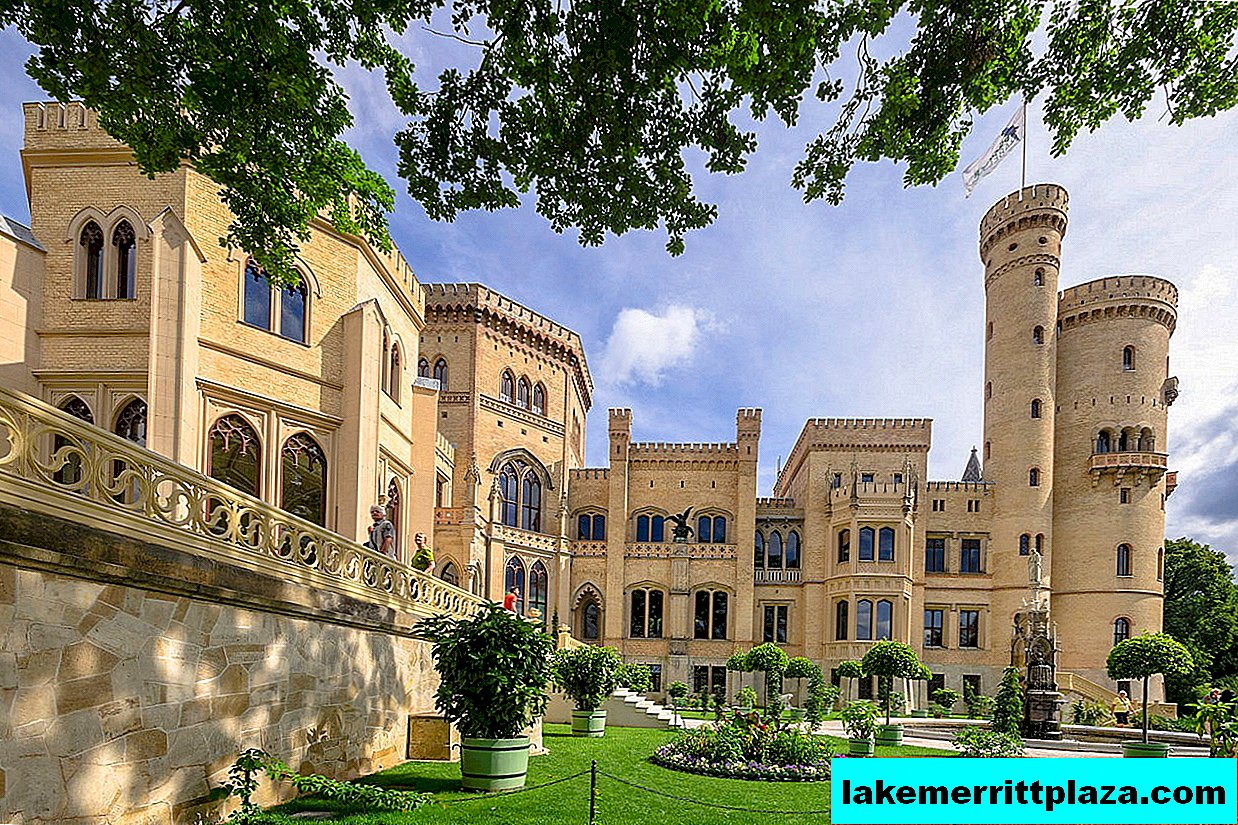
Castle Babelsberg (Schloss Babelsberg), photo Marek K3
The Babelsberg castle (Schloss Babelsberg) in the style of the Tudor neo-Gothic stands on the shore of the Gribnitsee (in the middle of the lake since 1961 the border separating the two Germany has passed). Princess Augusta conceived it, dreaming of neo-Gothic forms. The building was created in 1833-49. three architects in stages: K. Schinkel, L. Persius, I. G. Strack.
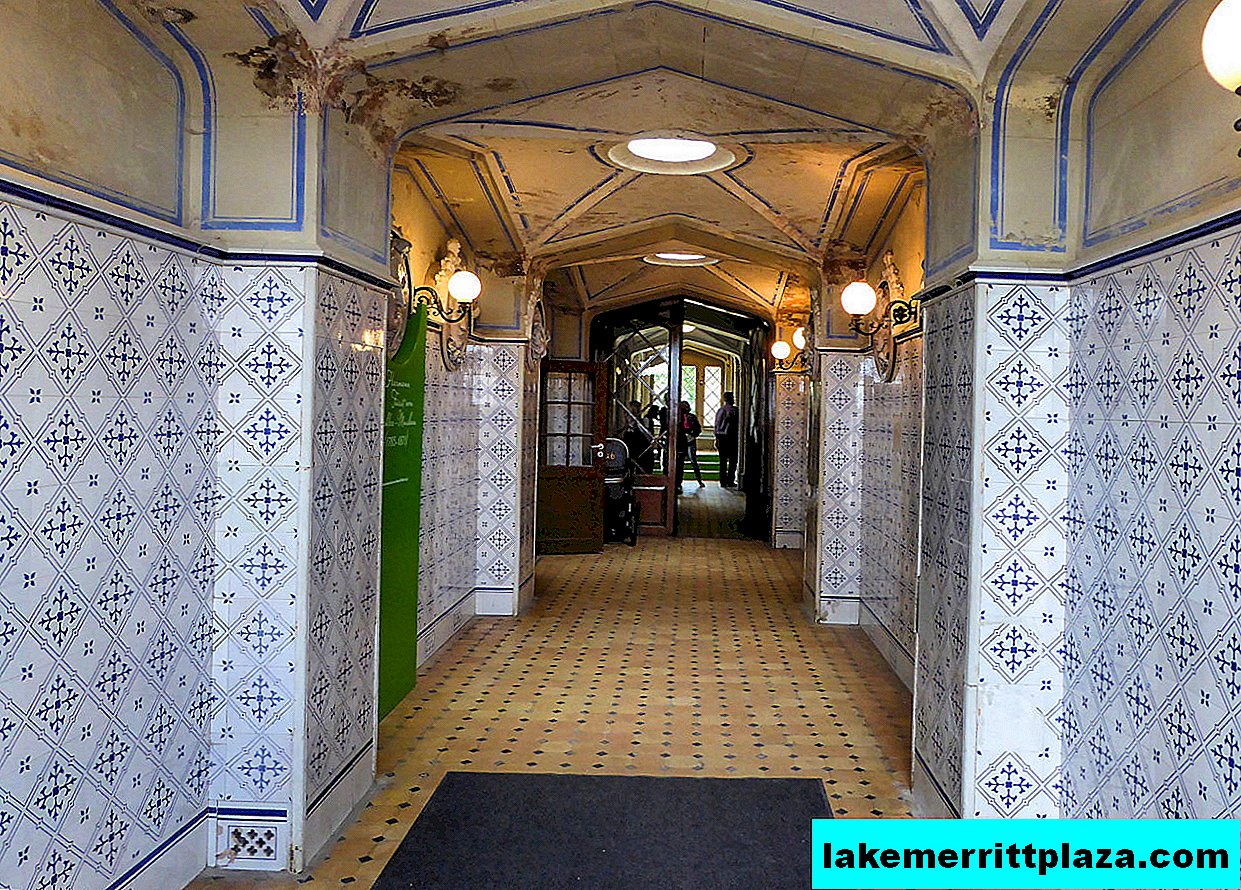
Corridor, photo by Gertrud K
The main part of the architectural ensemble was the octagonal dining room or, as the princess called it, the tea salon. The second half was planned to be completed from the west. Both octagonal halls were to adjoin each other. But the princess insisted on her own, and a second hall was built over the first, making it a dance hall. Architect Persius tried to keep proportions, but after his death eclecticism came into fashion, and nothing remained of the ideas of proportionality. Today, the castle is furnished with different styles.
Small Palace
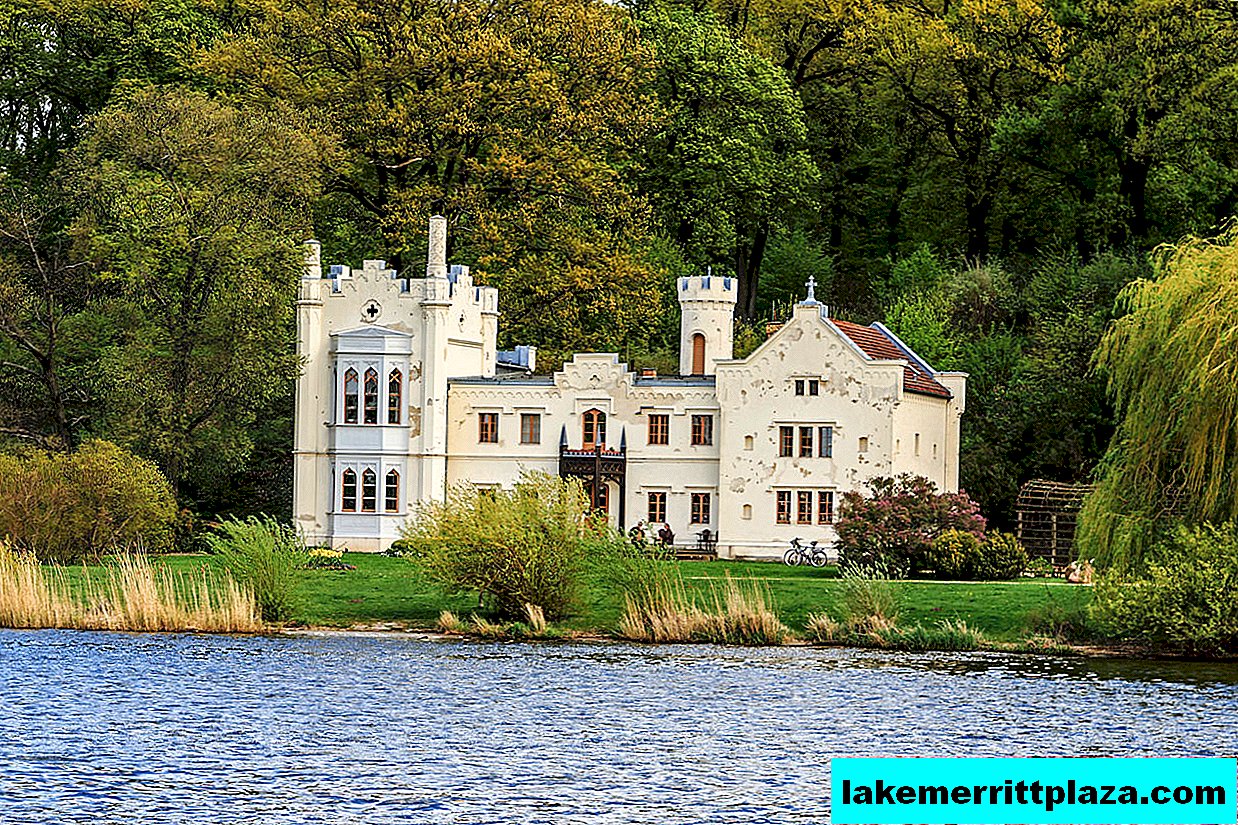
Small Palace (Kleines Schloss), photo A.Savin
A small castle (Kleines Schloss) is located by Lake Tiefersee. It was built by Ludwig Persius in 1834. Guests stayed here, the courtiers lived, and the Crown Prince Friedrich Wilhelm lived. Now in the Small Palace there is a restaurant.
Sailor house
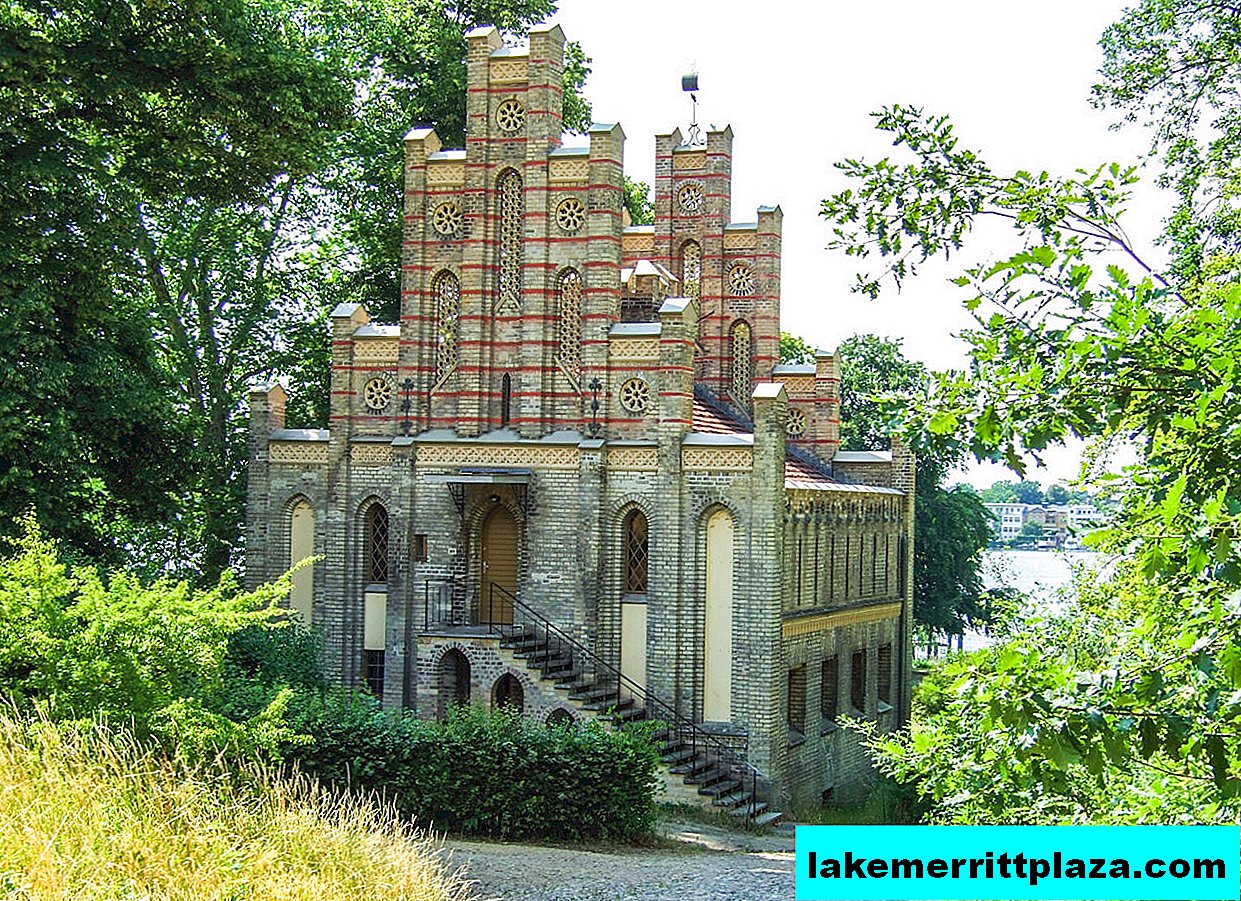
Sailor House (Matrosenhaus), photo by Daniel Naber
In 1842, the Matrosenhaus appeared - a brick building with stepped gables. It was designed by Johann Heinrich Strack, professor at the Academy of Fine Arts. In the house on the shore of the Havel, there lived sailors serving the royal river ships.
Judicial gazebo
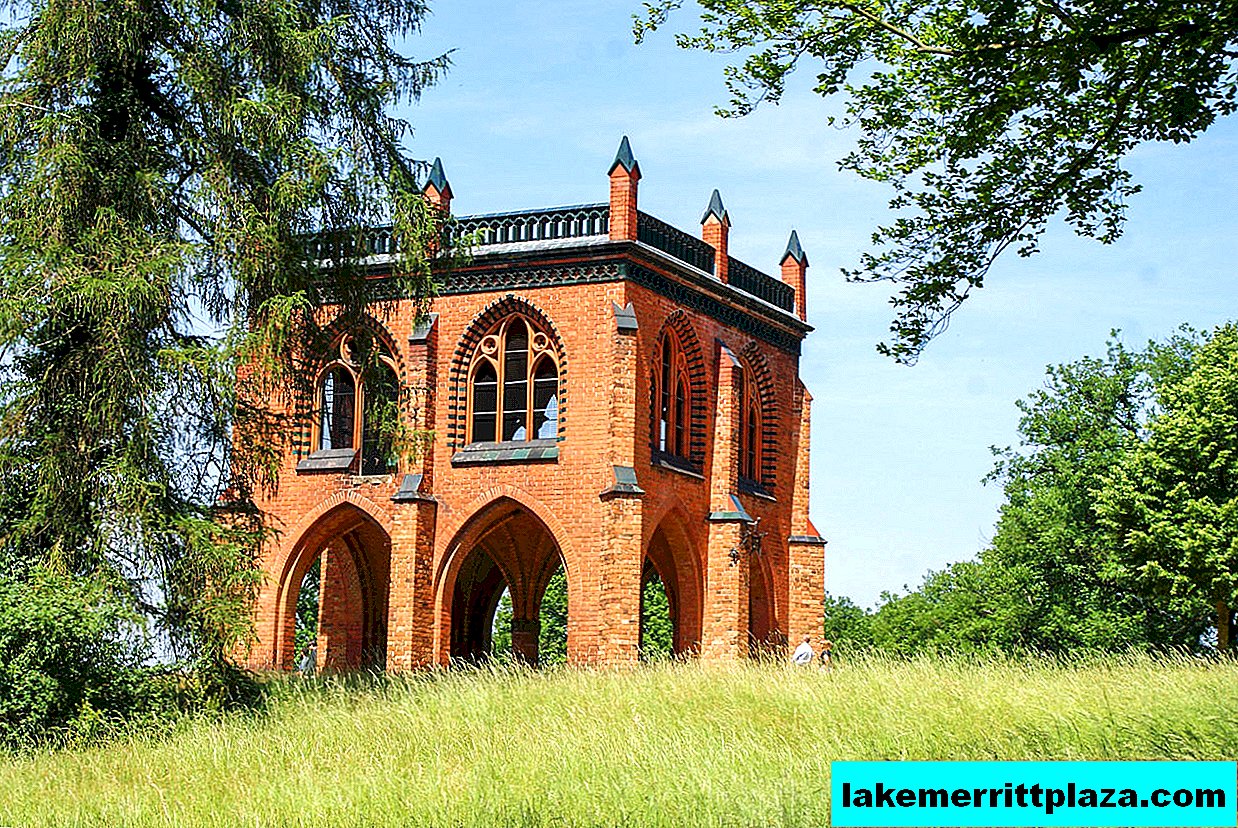
Judicial gazebo (Gerichtslaube), photo J B
Above the Matrosenhaus, on the slope there is a brick arched pavilion with lancet windows and eight peaked turrets. This is the Trial Chamber (Gerichtslaube), a fragment of the old Berlin City Hall, preserved by architect Strack. Inside - an open room with rib arches. In the center is a column with a capital, decorated with carved ornament with allegorical images of vices. On one of the pillars of the arcade there is a picture of a bird with a human face and donkey ears, which once adorned a shameful pillar. On the ground floor of the Trial Chamber, court sessions were held, and at the top the judges were resting for a glass of beer.
Flatovturm
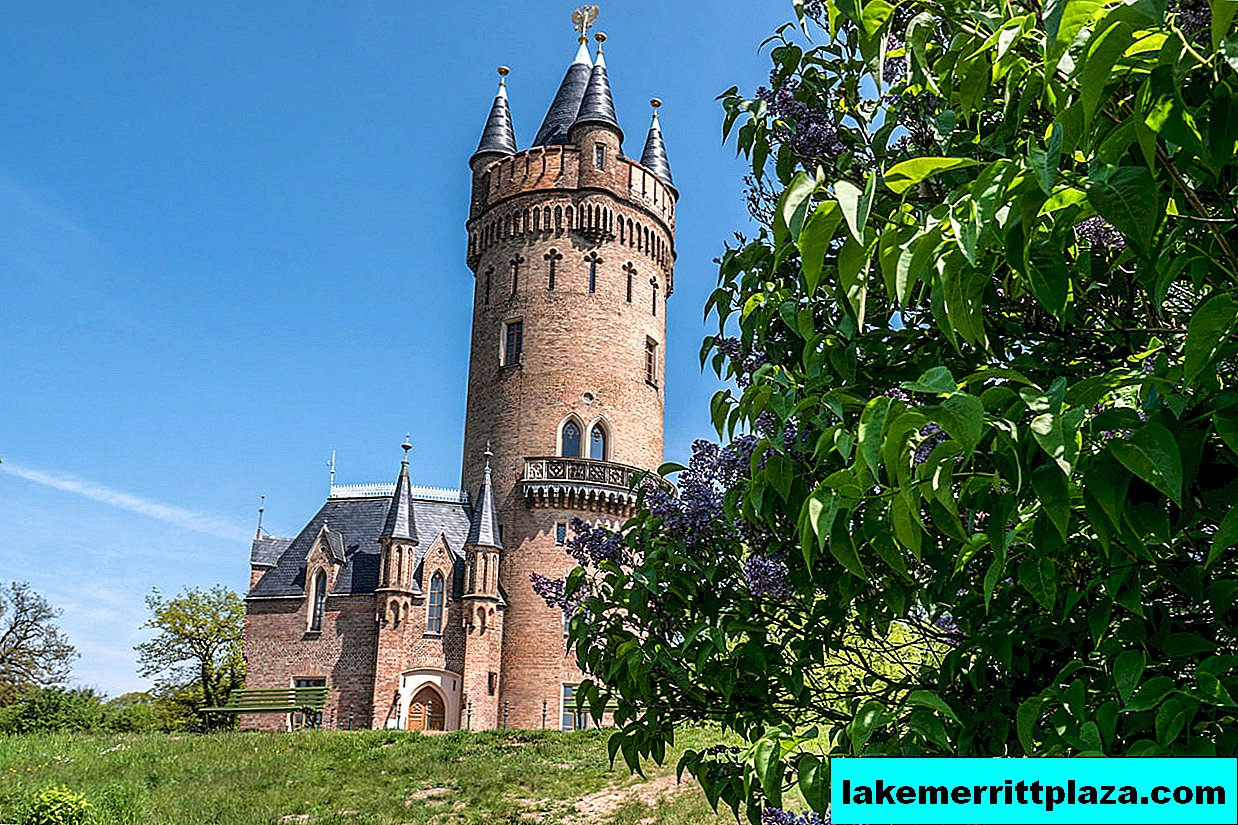
Flatowturm (Flatowturm), photo riesebusch
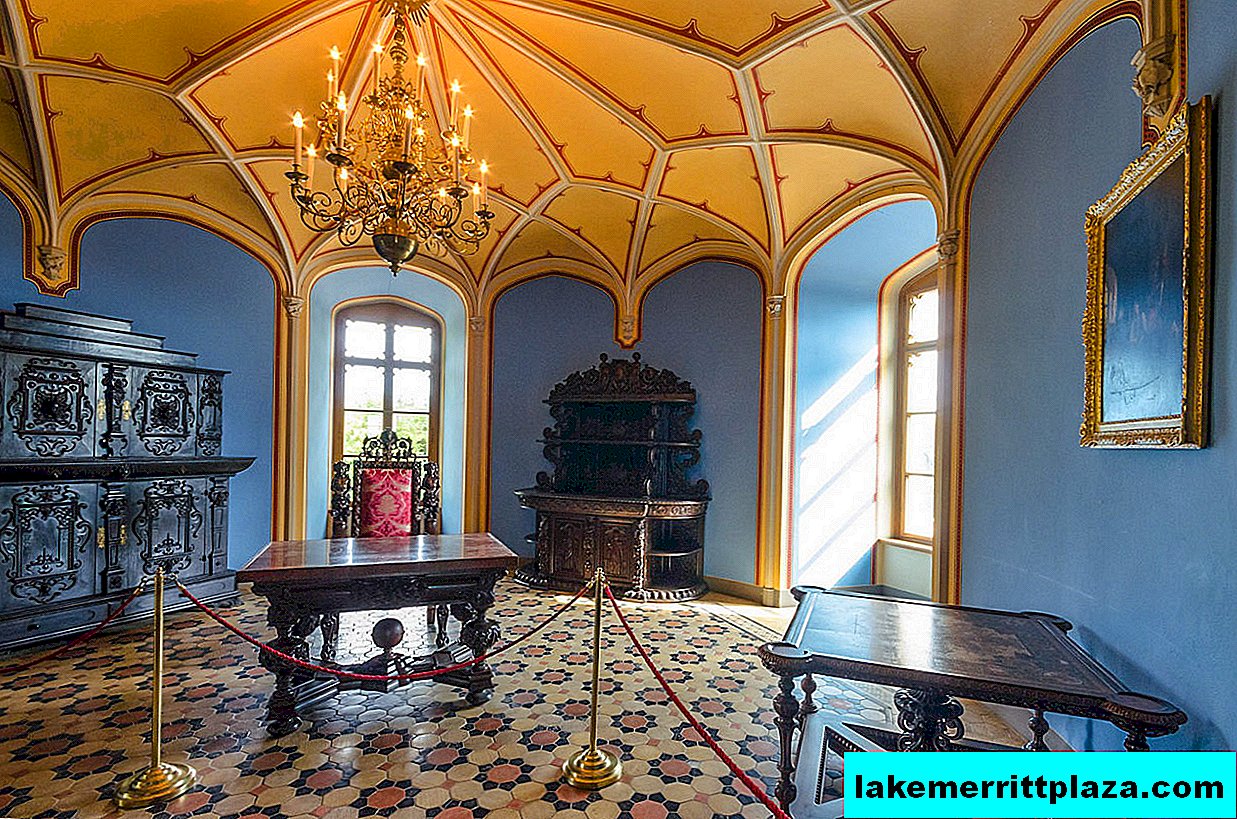
Museum inside the tower, photo Marek K
The tallest building in the park is the 46-meter Flatowturm tower, erected by Strack in 1856. This is a copy of the Frankfurt city gate Eschenheimer Thor (XV century). A museum is open inside Flatovturm, at the top there is an observation deck.
Statue of the Archangel Michael
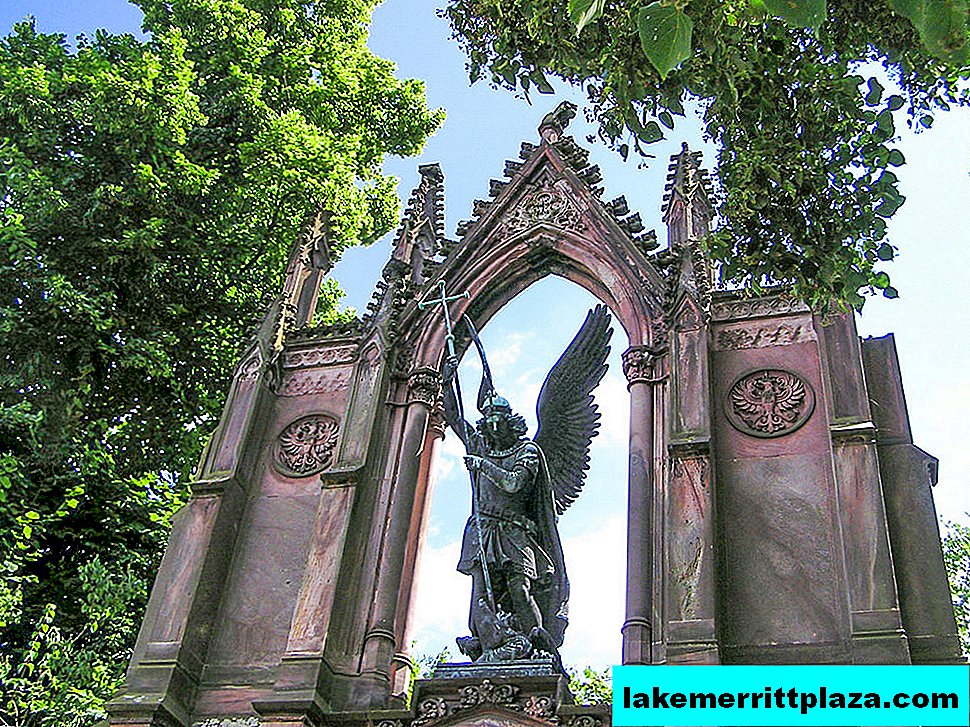
Archangel Michael fights the dragon, photo Olebole
There is a memorial near the palace - a statue of the archangel Michael under the lancet arch. This is a monument to the Prussian soldiers who died in 1848 during the defeat of the Baden uprising. Next to the monument is a Tudor-style palace kitchen (1860). Underpasses lead to the southern and eastern outskirts of the park and to the large palace.
Pumping station
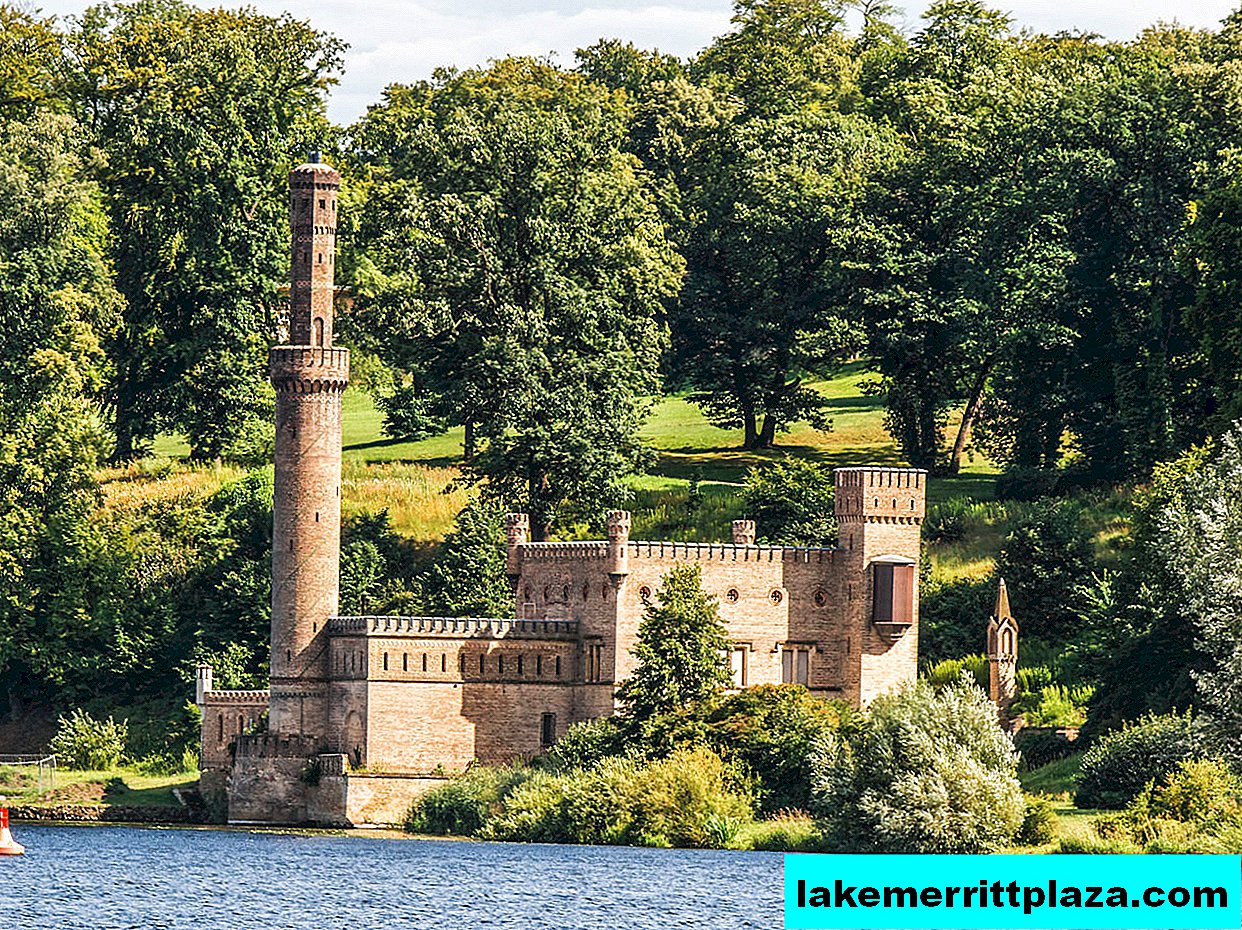
Pump station (Dampfmaschinenhaus), photo E-W
A pump station (Dampfmaschinenhaus) rises above Lake Glienicke. The tower, which supplied water for the irrigation of the park, was designed by engineer Moritz Gotgetry. The building in the style of a fortress with battlements and turrets was built by Ludwig Persius in 1843-45.
The castle was empty since 1888, the park was left unattended. Since 1926, the abandoned complex was nationalized. At the end of the war, the castle was looted, the park was divided. After the unification of the country, the palace became a museum; it has recently been restored. The border landscapes and the water system of the park ensemble also had to be restored.
Now Babelsberg Park is open to visitors all year round from 8 a.m. until nightfall.
The castle is closed for restoration.
How do I save on hotels?
Everything is very simple - look not only at the booking. I prefer the search engine RoomGuru. He is looking for discounts at the same time on Booking and on 70 other booking sites.

